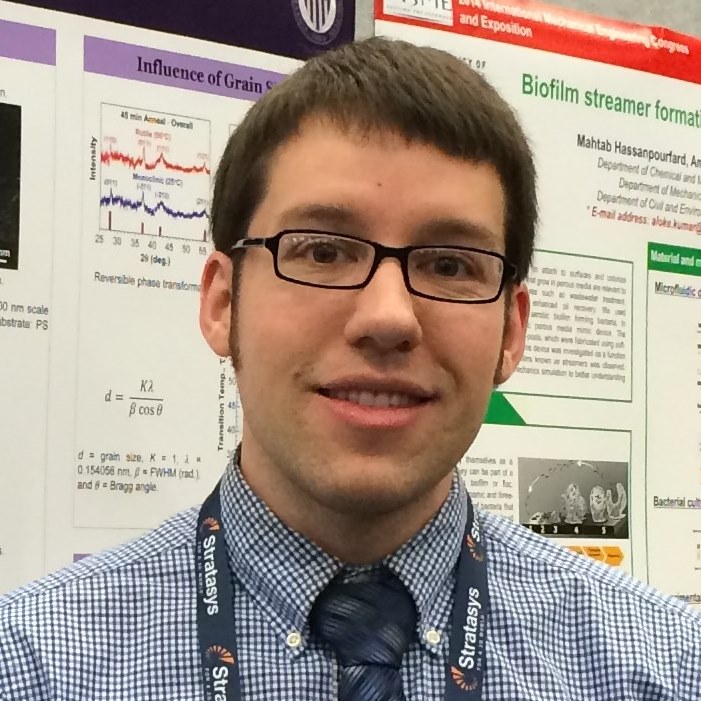
41% of primary energy is used in buildings [DOE, 2012], and much of this is lost through windows. Therefore, energy-efficient coatings for windows could have a major impact for both residential and commercial applications. Furthermore, many people live in the temperate zone, where average daytime temperatures vary depending on the season. For such environments, dynamic coatings whose optical properties change in response to a stimulus are desirable. Thermochromic coatings are one such material in which the optical properties vary with temperature. In particular, VO2 has a phase transition near 68°C in which it changes from semiconducting to metallic. The goals of this project are to gain insights on the fundamental mechanisms that influence the transition temperature and luminous transmittance of the material. An ideal outcome would be to lower the transition temperature of the material to 24°C while still maintaining high luminous transmittance, low ultraviolet transmittance and high near-infrared modulation (thermochromism).
Advisor: Junlan Wang, Mechanical Engineering
Final Product Video



